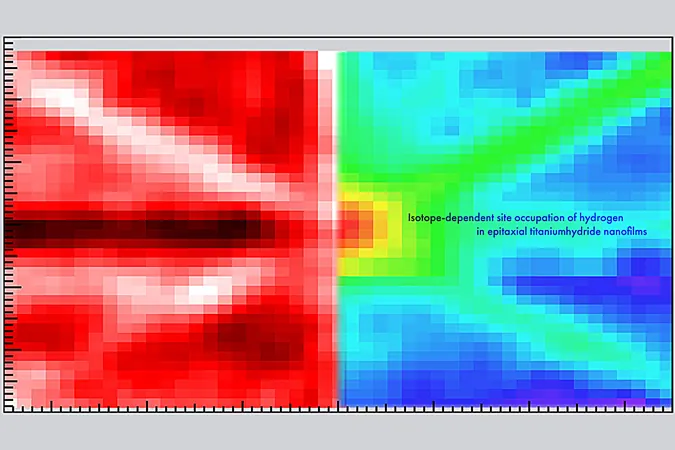
Astronomers Triumph Over the Zone of Avoidance, Unveiling 719 New Galaxies!
2024-11-13
Author: Jacob
Introduction
In a remarkable breakthrough, astronomers have defied the infamous Zone of Avoidance—an area in the sky traditionally shrouded in mystery and dark cosmic dust—to discover an astonishing 719 new galaxies. This unforeseen revelation could dramatically enhance our understanding of the universe and its large-scale structures.
What is the Zone of Avoidance?
The Zone of Avoidance is a region near the galactic center characterized by thick clouds of dust that obscure our view. Situated about 30,000 light-years from the center of the Milky Way, this area makes it nearly impossible to observe the cosmos directly. While a glance toward the northern or southern galactic planes offers a breathtaking view of distant galaxies, looking towards the galactic center reveals a murky collection of stars, gas, and dust. This impairs our ability to uncover the universe's secrets, leading astronomers to strategically avoid this region over the years—a phenomenon explaining the term "Zone of Avoidance."
The Great Attractor
Adding to the intrigue, there’s a gravitational behemoth lurking within the Zone, known as the Great Attractor. This supercluster exerts a tremendous pull, drawing the Milky Way and neighboring galaxies toward it. Although we have mapped some of its components, such as the Norma cluster and the more distant Vela supercluster, much about the Great Attractor remains enigmatic due to the interference of gas and dust in our observations.
Advancements in Radio Astronomy
Innovations in radio astronomy have offered a beacon of hope, allowing scientists to probe this mysterious area. Radio waves can penetrate cosmic dust, providing a clearer view than traditional optical observations. Utilizing the MeerKAT array telescope in South Africa, researchers conducted an extensive survey focused on the Vela supercluster. MeerKAT is particularly adept at detecting the radio emissions of neutral hydrogen—the most abundant element in the universe—thereby mapping the distribution of galaxies.
Groundbreaking Discoveries
In this groundbreaking study, the team managed to resolve pockets of neutral hydrogen within the Zone, revealing an astonishing number of previously unknown galaxies. Strikingly, less than one-third of the newly discovered galaxies had been documented before, underscoring the potential for future exploration in this neglected region of the sky.
Conclusion
This initial detailed survey of the Vela supercluster using MeerKAT showcases the impressive capabilities of this cutting-edge observatory. With future investigations on the horizon, astronomers are hopeful for even more profound insights into the Zone of Avoidance, where the cosmos has long hidden its most intriguing treasures. Stay tuned as we continue to unveil the universe's secrets and challenge the boundaries of our astronomical knowledge!









 Brasil (PT)
Brasil (PT)
 Canada (EN)
Canada (EN)
 Chile (ES)
Chile (ES)
 España (ES)
España (ES)
 France (FR)
France (FR)
 Hong Kong (EN)
Hong Kong (EN)
 Italia (IT)
Italia (IT)
 日本 (JA)
日本 (JA)
 Magyarország (HU)
Magyarország (HU)
 Norge (NO)
Norge (NO)
 Polska (PL)
Polska (PL)
 Schweiz (DE)
Schweiz (DE)
 Singapore (EN)
Singapore (EN)
 Sverige (SV)
Sverige (SV)
 Suomi (FI)
Suomi (FI)
 Türkiye (TR)
Türkiye (TR)